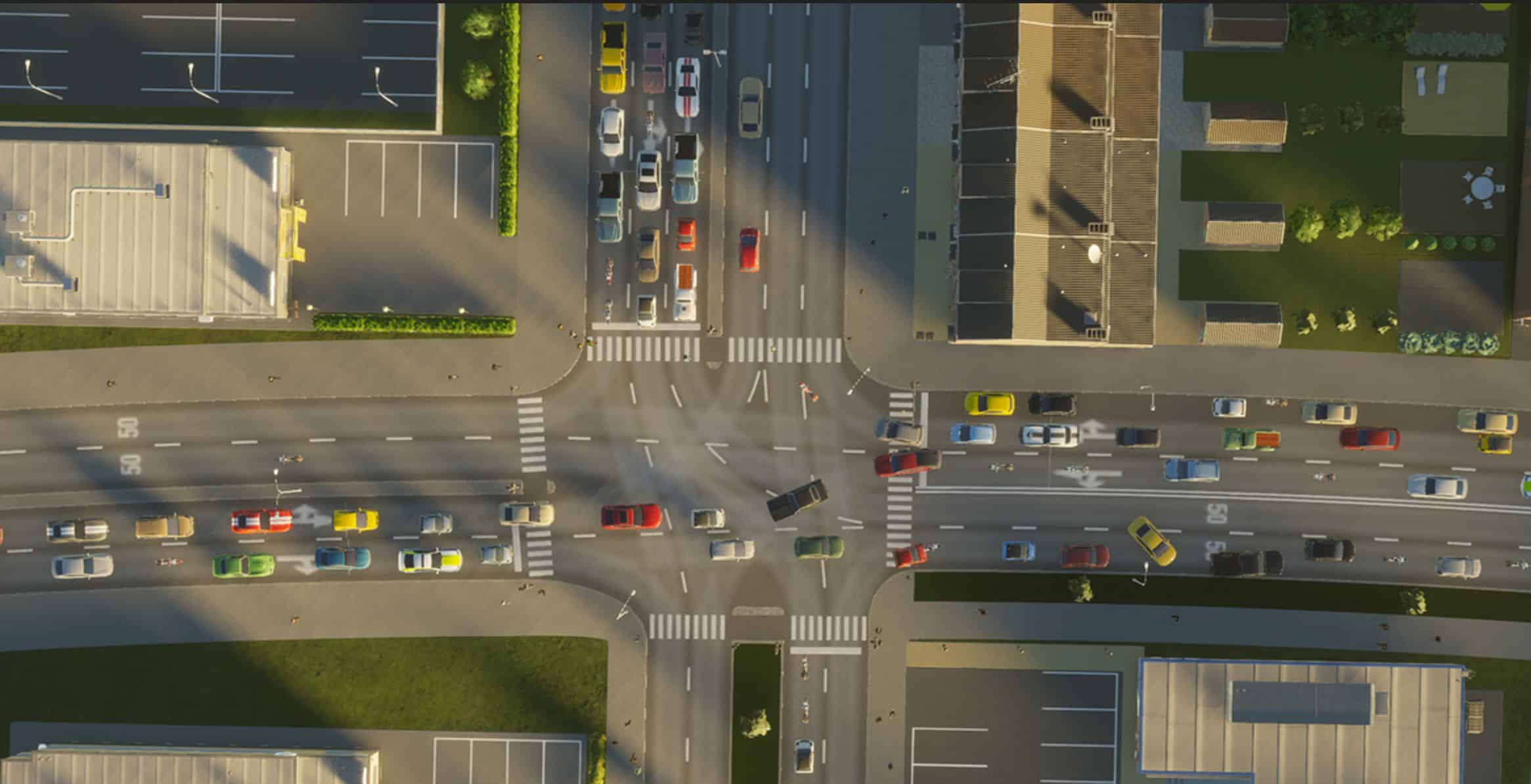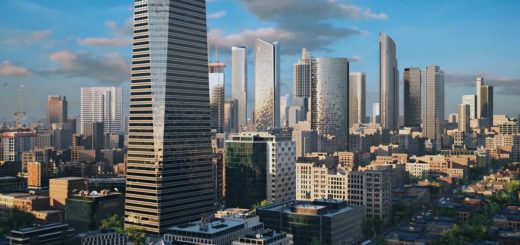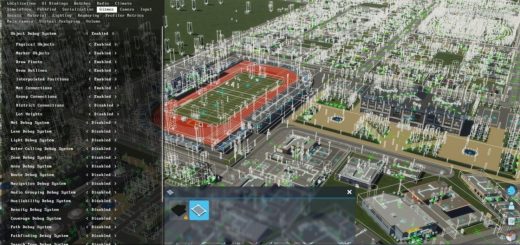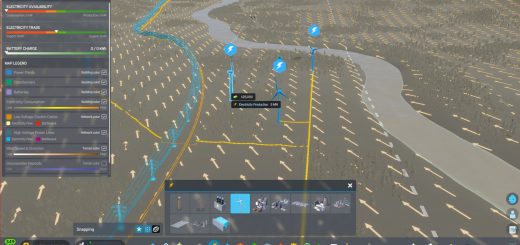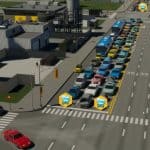
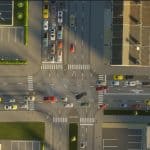
Cities Skylines 2: How to Manage Traffic
In Cities Skylines 2, adept traffic management is crucial to prevent the build-up of congestion and the ensuing frustration of your virtual citizens. Neglecting this responsibility can lead to a surge of complaints and even accidents on your city streets.
As highlighted in our Cities Skylines 2 review, triumph in urban planning can quickly turn to challenge, particularly when dealing with rush hour traffic. The game equips you with various strategies to smooth out traffic flow and prevent bottlenecks. It’s essential to invest in infrastructure improvements, such as constructing efficient ring roads or opting to expand your city’s territory by purchasing additional map tiles. These expansions enable you to design a more spacious and traffic-friendly cityscape.
Identifying Traffic Congestion in Cities Skylines 2
As your city expands in Cities Skylines 2, pinpointing traffic bottlenecks can become increasingly complex. To effectively identify these areas, click on the Info Views icon located in the upper left section of the interface.
This feature reveals different overlays that indicate the health of various city aspects, with traffic conditions accessible via the car icon. The map uses a color-coded legend to reflect traffic efficiency: green signals smooth traffic, orange denotes moderate congestion, and red highlights severe traffic problems.
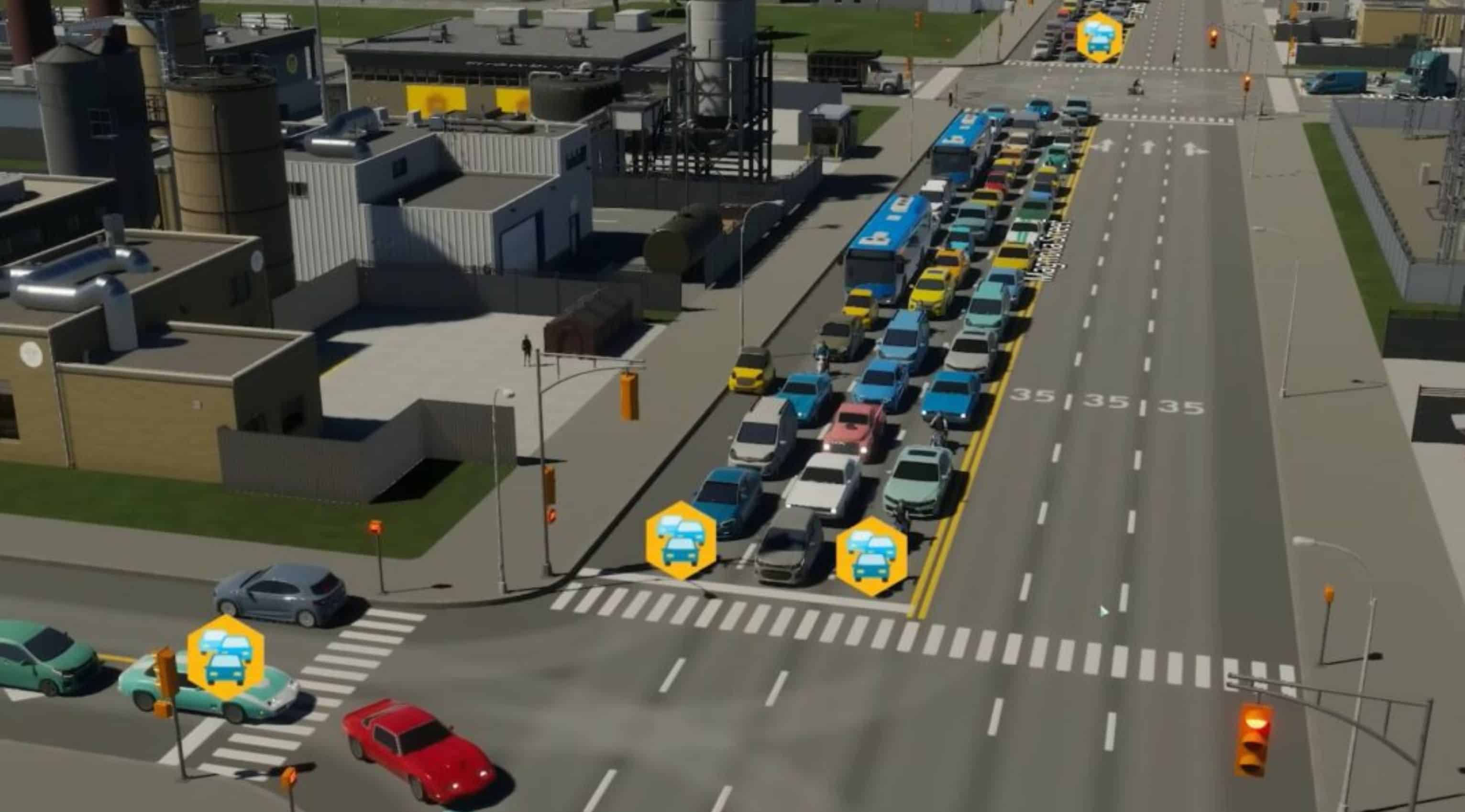
Resolving Traffic Bottlenecks in Cities Skylines 2
To manage Cities Skylines 2 traffic effectively, remember one key principle: after making any changes, pause to observe the impact. Traffic adjustments won’t show instant results since vehicles follow pre-planned routes. Allow a few minutes for the new patterns to emerge.
The primary strategy for alleviating traffic congestion is to create a diversified road network with multiple paths leading to the same destination. Aim for numerous entry points, especially in residential areas, to distribute traffic flow. At the same time, minimize the number of intersections, as cars decelerate at each crossroad, which can cause delays even without cross traffic.
Early in your city’s development, consider installing roundabouts at busy intersections to facilitate smoother traffic movement than standard crossroads without controls. As your city advances, you can utilize development points to access upgrades like traffic lights and wider roads, enhancing your urban infrastructure and traffic management.
In the strategic gameplay of Cities Skylines 2, mitigating traffic issues is crucial for a thriving metropolis. Unlocking the transportation tab is your first step towards resolving parking problems. Start by setting up bus routes with exclusive lanes for public transport, reducing reliance on street parking. Initially, a reliable bus network will suffice, but as your city grows, a more expansive Metro system may be necessary for city-wide coverage.
Dedicated parking lots also play a vital role. By restricting street parking, you ensure that traffic lanes are used solely for movement, not storage. In busy city centers, converting select thoroughfares into one-way streets can significantly alleviate congestion.
Be mindful when meeting the demand for high-density housing. Ensure your infrastructure can support the influx of new residents and the subsequent increase in road usage. Overburdened roads quickly lead to gridlock.
For industrial traffic, specifically the multitude of trucks on your roads, consider creating specialized routes linked to cargo hubs. Integrating these with railways or waterways can dramatically improve the efficiency of goods transportation.
These strategies are just the beginning of optimizing Cities Skylines 2 traffic flow. Once your roads are running smoothly, you can focus on building highways or boosting your city’s finances through savvy tax management.

